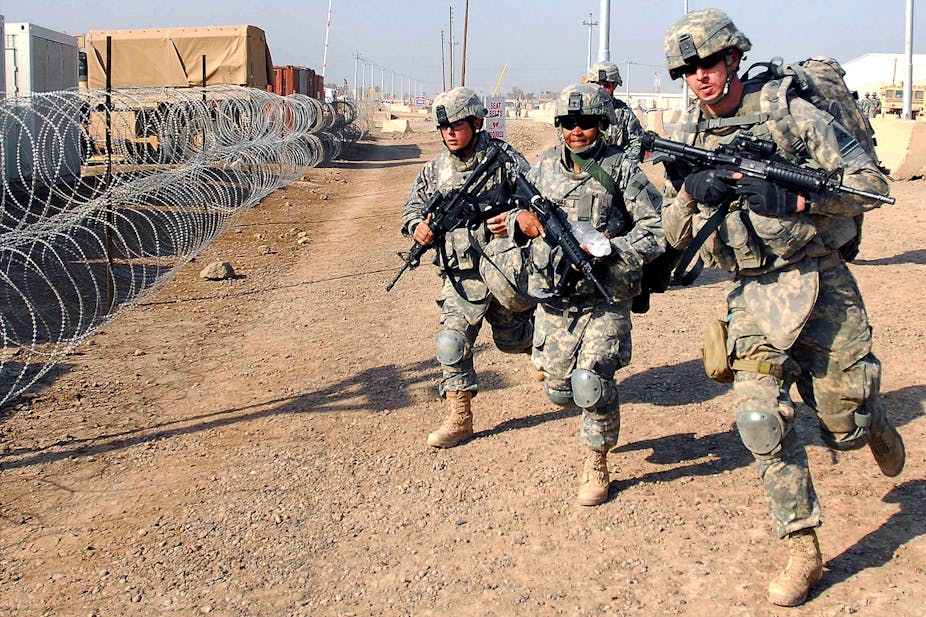Soldiers returning from combat have heightened activity in the part of the brain that regulates fear but this usually normalises after around 18 months, a study has found.
The amygdala, the tiny part of the brain that modulates fear, arousal and facial recognition, tends to be overactive in soldiers who have recently returned from deployment, causing increased irritability and heightened sensitivity to perceived threats.
To find out whether these changes were permanent or not, Dutch researchers conducted a series of experiments on 23 combat soldiers who had been deployed for four months to Afghanistan. A group of 16 non-deployed soldiers participated as a control.
The subjects underwent a brain MRI scan while being shown images of angry and fearful faces and were asked to match them with other face images. The tests were done before deployment, shortly after deployment and again a year and a half later.
“Across investigations, amygdala reactivity in the combat group followed a pattern of increased activity shortly after deployment and normalisation at the long-term,” the researchers wrote in their paper, which was published in the journal Molecular Psychiatry.
Professor Alexander McFarlane, head of the University of Adelaide Centre for Traumatic Stress Studies, said the study was interesting but that it was important to remember that not every returning soldier has the same recovery trajectory.
“And this may have relevance for police where they don’t get removed from the danger, they have constant and ongoing danger,” he said.
“There are certain people in policing roles who have not dissimilar levels of stress but it’s not like they are going through a deployment cycle. It keeps going.”
Professor Peter Warfe, director of the Centre for Military and Veterans’ Health at the University of Queensland said the study provided some comforting conclusions.
“It’s reassuring to some extent that [amygdala function] appears to return to normal in this small group of people, presumably none of which were suffering post traumatic stress disorder,” he said.
“What [a return to normal amygdala function] means is a little unclear in terms of their psychological function, their day-to-day physical function and mental capacity,” he said.
“And this study involved small numbers, so I’d be cautious in drawing a broad conclusion,” he said.

